
A Quest for the Gros Michel, the Great Banana of Yesteryear
The forgotten, flavorsome Big Mike is elusive, but not impossible to find.
Just below the end of Wall Street, at the tip of Lower Manhattan where the island meets the furthest estuaries of the green-grey Atlantic, there are no bananas. I’m around a hundred years too late: In the early 20th century, so many boats bearing bushels of bananas arrived at this spot that the Old Slip piers became known as the Banana Docks.
In the shops nearby, admittedly, there are a few—lurid yellow Cavendishes occasionally making an appearance behind the glass sheet windows of Starbucks, or for a buck apiece on the street corner from a local vendor. Unfortunately, the Cavendish will not do. I am here for the Gros Michel—the OG banana that was the standard across the United States from 1870, when it sold for $2 a bunch in Jersey City, until the late 1950s, when the ruinous fungus Panama disease all but wiped it out.
I am on a quest across New York City for the Gros Michel, the Big Mike, the banana that launched a thousand pratfalls. Online, people speak of it in revered digital tones: “I am absolutely dying to try one,” one banana forum user writes, promising to pay “an arm and a leg” for them. Another claims they are so delicious that regular Cavendish bananas are disgusting by comparison. Today, the banana is virtually gone from the consumer market in the United States—finding it will be at best a challenge, and perhaps impossible.

It wasn’t always the case: The Gros Michel was once everywhere. When America fell in love with the banana, this is the fruit that captured its heart. The alchemist who first produced the banana split used a Gros Michel; the chemist who produced artificial banana flavor allegedly had it in mind as well. When Eddie Cantor sings “Yes, We Have No Bananas,” it is Big Mike he’s singing about. In New York, for enough money, you can get nearly anything: dice made of camel bones; a purple latex executioner’s hood; half a cow, sliced lengthways. But can you get a Gros Michel banana?
My first port of call is the internet. I’m by no means the first person to search for this, and strangers online have a few ideas about where I should be looking. A Reddit user thinks she’s seen them for sale in Chinatown. It seems sensible enough: If you can get pomelo and dragon fruit, lychees and longans, perhaps you can get a rare banana as well.
When Panama disease crept across the world in the first half of the 20th century, only a few places in a few countries were spared the blight that blackened bananas from the inside out. The few countries that still produce the Gros Michel today mostly do so under another name: Thihmwe in Myanmar, Johnson in Cuba, Pisang Ambon in Malaysia. In Hawai’i, it is commercially grown as Bluefields. The world’s largest banana firms don’t sell it—Chiquita, Dole and Del Monte have their hands full with Cavendishes—so any fruit with a recognizable blue and yellow sticker is automatically out. (This is helpful as, from pictures and YouTube video taste tests, the Gros Michel looks near indistinguishable from the Cavendish.)
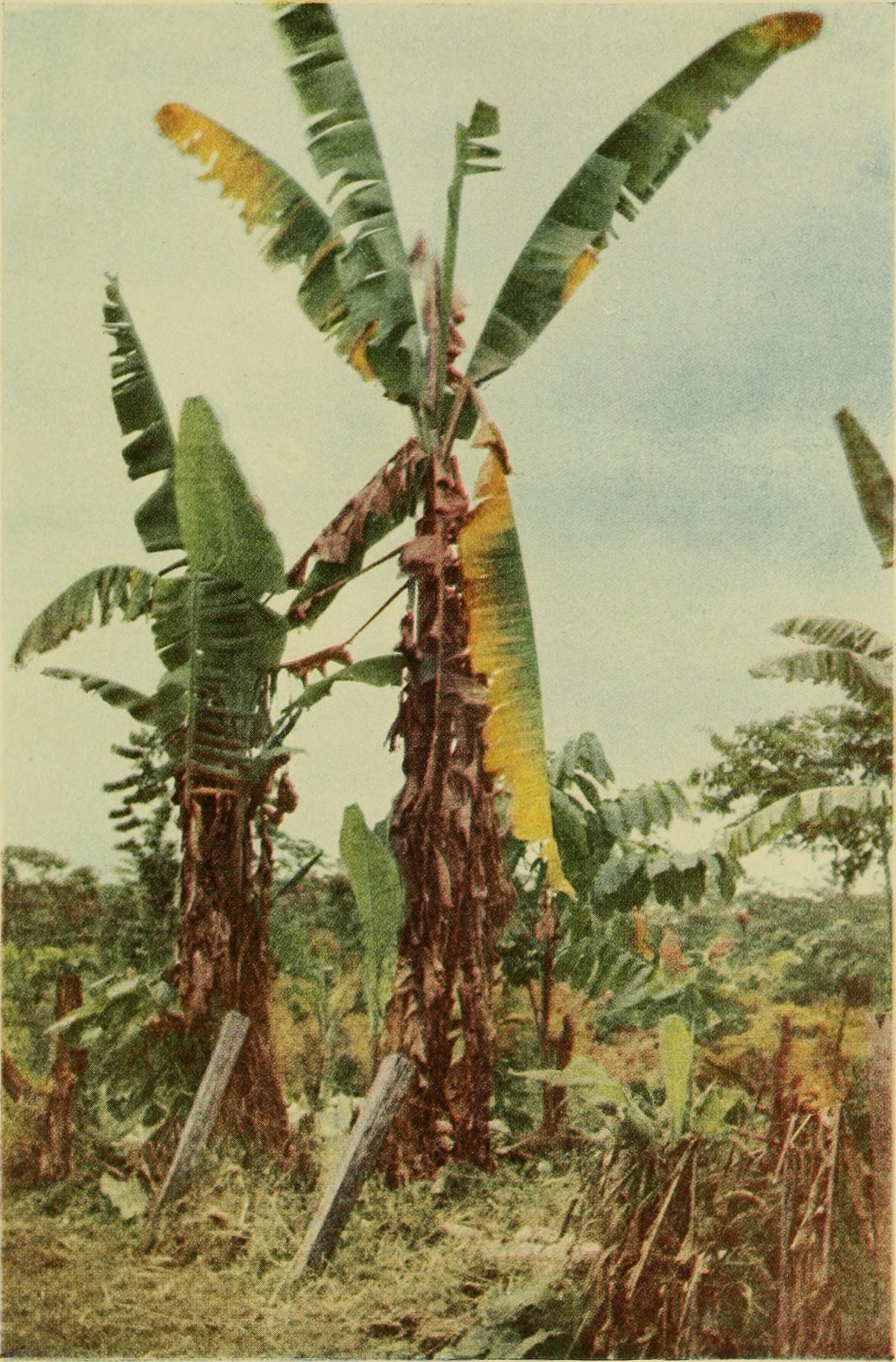
It’s possible that some Gros Michels under another name have slipped into a shipment of fruit from Thailand or Indonesia, therefore—and that’s what I’m banking on. Down on Forsyth Street, in the shadow of the Manhattan Bridge, Chinese-speaking vendors sell frilly green cabbage for a dollar a pound. It is just days after Chinese New Year, and supplies of fruit and vegetables seem lower than usual, though pouting red strawberries are selling like hotcakes. Barely a banana to speak of—just a fan of green phalanges, unceremoniously dumped in a cardboard box. I look closer at their stickers. They’re Del Monte. Back to the drawing board.
Back in Brooklyn, specialist fruit stores, markets and street vendors are all selling glossy Cavendishes, custard and green and as flawless as an emoji. (A fruit seller, speaking to the New York Times, described the less ripe version as the Millennial banana; older generations apparently prefer them golden-yellow and flecked with brown, like in the extremely suggestive Chiquita banana commercial.) The Cavendish, in fact, is just about the only banana commercially sold in the city, and the country, with the average American eating over 100 a year.
As the Gros Michel went down, banana producers scrabbled for a variety that they could replace it with—one that, like the Gros Michel, shipped easily, grew readily, and could handle the odd bump and bruise in the packing process. In 1961, producers plumped for the Cavendish. Descended from a plant grown in a hothouse belonging to the Duke of Devonshire 180 years ago, it takes its name from their aristocratic family name.* It was a compromise, says Dan Koeppel, author of Banana, The Fate of the Fruit That Changed the World. The Cavendish is not as hardy as the Gros Michel, leading to changes in how the bananas were boxed and bagged. It is also not quite as delicious, he says. “Chiquita and Dole definitely worried that consumers would reject the Cavendish because it didn’t taste as good.”
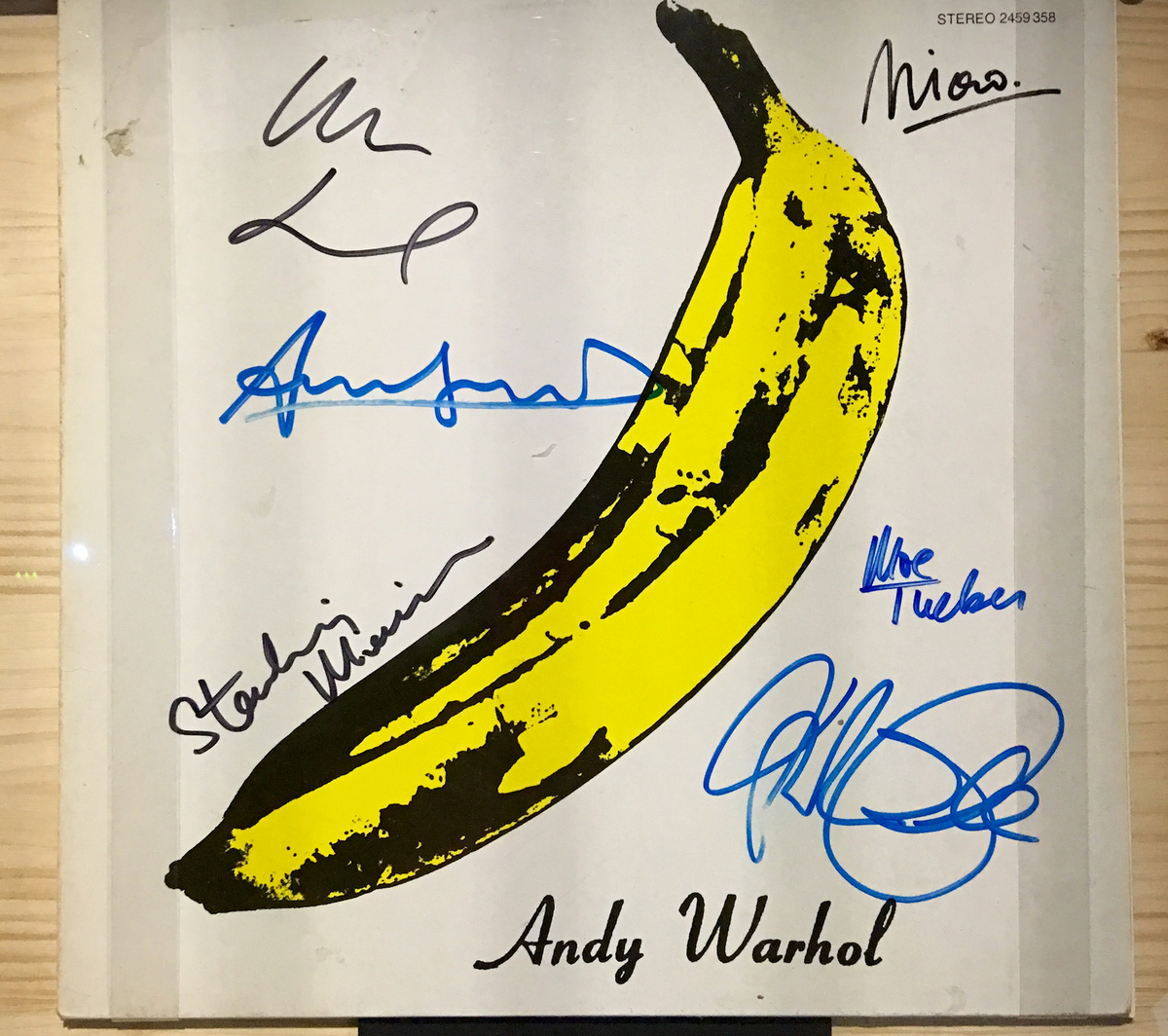
Eight years after Cavendishes started being grown commercially, they became the standard in American stores. But this revolution in the banana industry seems to have made little impact on consumers. Today, a slight change of recipe for a commercial foodstuff provokes petitions, public outcry, and much media coverage—but there was barely a peep from banana-munchers whose Gros Michels were entirely replaced by Cavendishes in the early 1960s.
To Koeppel’s mind, and palate, it’s simply because they don’t taste that different. He likens them to vanilla ice-cream. The Cavendish might be a five-gallon tub from the back of the supermarket freezer; the Gros Michel only one step up from that. Neither one, he says, is exactly Haagen-Dazs. “The Gros Michel is a better tasting banana. I don’t think there’s any question about that. But it’s not a million miles ahead of Cavendish,” he says. “There are many, many varieties that are astonishingly good, where you would notice a difference immediately.” None of these more delicious bananas fit the bill from a shipping perspective, however—and so we are stuck with the McDonald’s hamburger of the banana world.
A Chinese friend, hearing of my search for the banana in Chinatown, suggests that I look in New York’s Thai grocery stores instead, along bustling Woodside Avenue, in Queens. Koeppel suspects I won’t find them there. (I don’t.) In countries where people eat many different kinds of bananas, like Thailand, he says, no one hankers for the Gros Michel. “Thailand, I guess, has 40 or 50 fairly common backyard banana varieties,” he says. Many are simply more delicious, like the diminutive “lady finger” Nu Meu Puying banana, or candy-sweet red varieties with a peel the color of lungs.
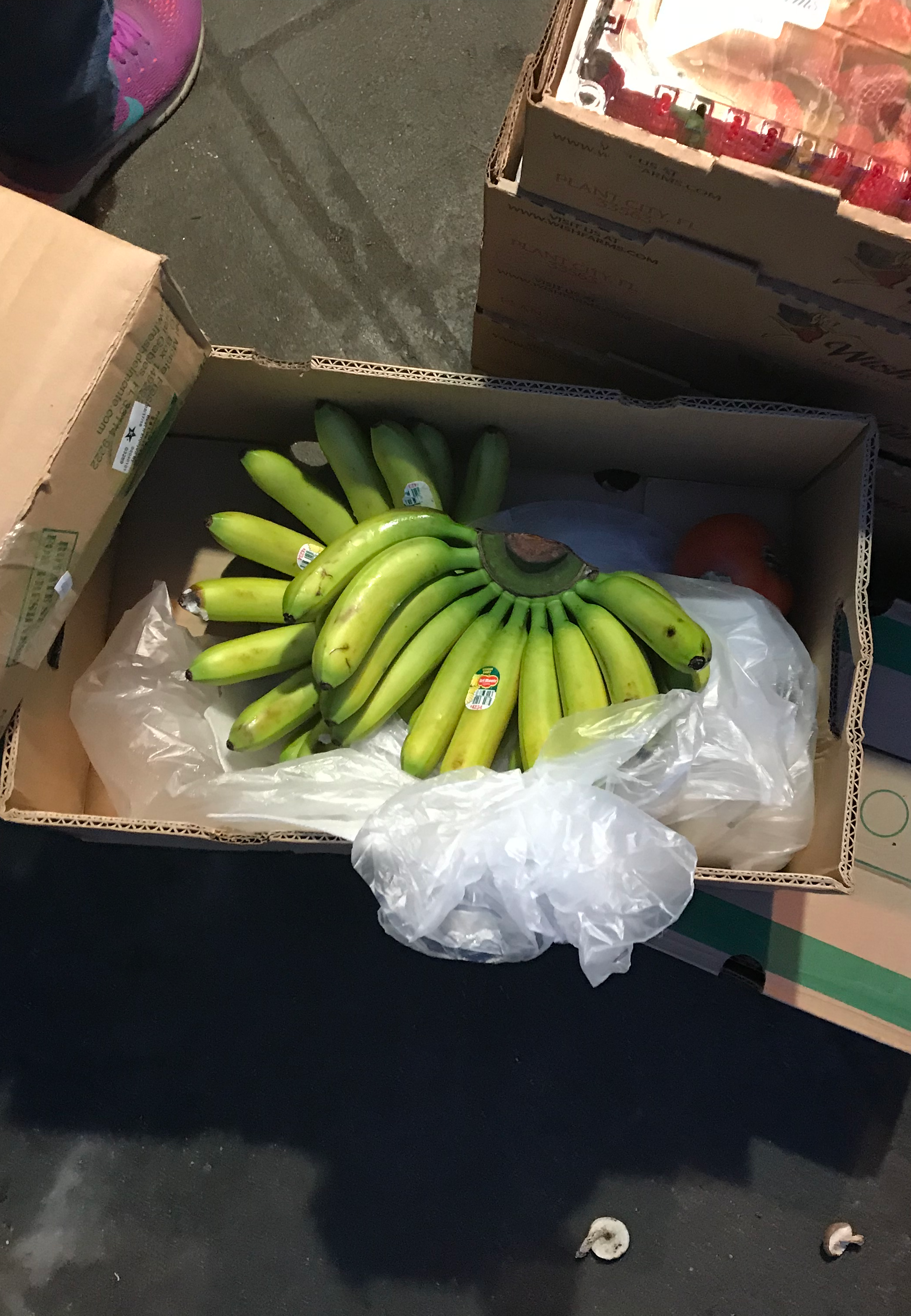
If banana giants like Dole and Del Monte were to offer a greater selection of bananas to customers, Koeppel says, they’d have to change the way they think about the fruit. At the moment, “it’s an industrial product. It’s all about scale and markets.” More delicious bananas are also more expensive to ship—requiring a cognitive shift in how consumers think about them. In short, we’d have to start thinking of bananas as fruit worth spending more than a few cents on. At the moment, only the Cavendish can promise that.
But how much longer the singular Cavendish will remain in our stores remains to be seen. For some time, it has teetered on the precipice of disaster, after a new incarnation of Panama disease began to wipe out crops in Asia in the late 1980s. In the years since, the fungus has destroyed African crops, Filipino plantations, bananas in China, Pakistan, Indonesia. This month alone, it struck a third commercial banana farm in Queensland, Australia. Cavendish bananas don’t have seeds inside—they’re clones of one another, no matter their provenance. Like the Gros Michel before them, their monoculture makes them vulnerable to attack. Anything that will wipe out one plant will kill them all. The Cavendish’s days are numbered—unless they can be modified to fight off the plant cancer that has already felled so many.
There are a few options on the table. In Australia, scientists are attempting to “switch on” the gene that makes the Cavendish able to resist this particular blight. In Japan, they have engineered a new form of the Gros Michel, with a lettuce-like skin that fruit fans can simply bite into. (If this one were to become the norm, shipping practices would have to change dramatically, likely driving up prices.) But these, and other biotech options, again prioritize the monoculture that led us to this problem in the first place. Banana barons seem to have learned little from the demise of the Gros Michel, and are now finding themselves bitten by precisely the same bug. No one knows exactly when the Cavendish will come crashing down—Koeppel is reluctant to make any predictions—but it seems an inevitability.
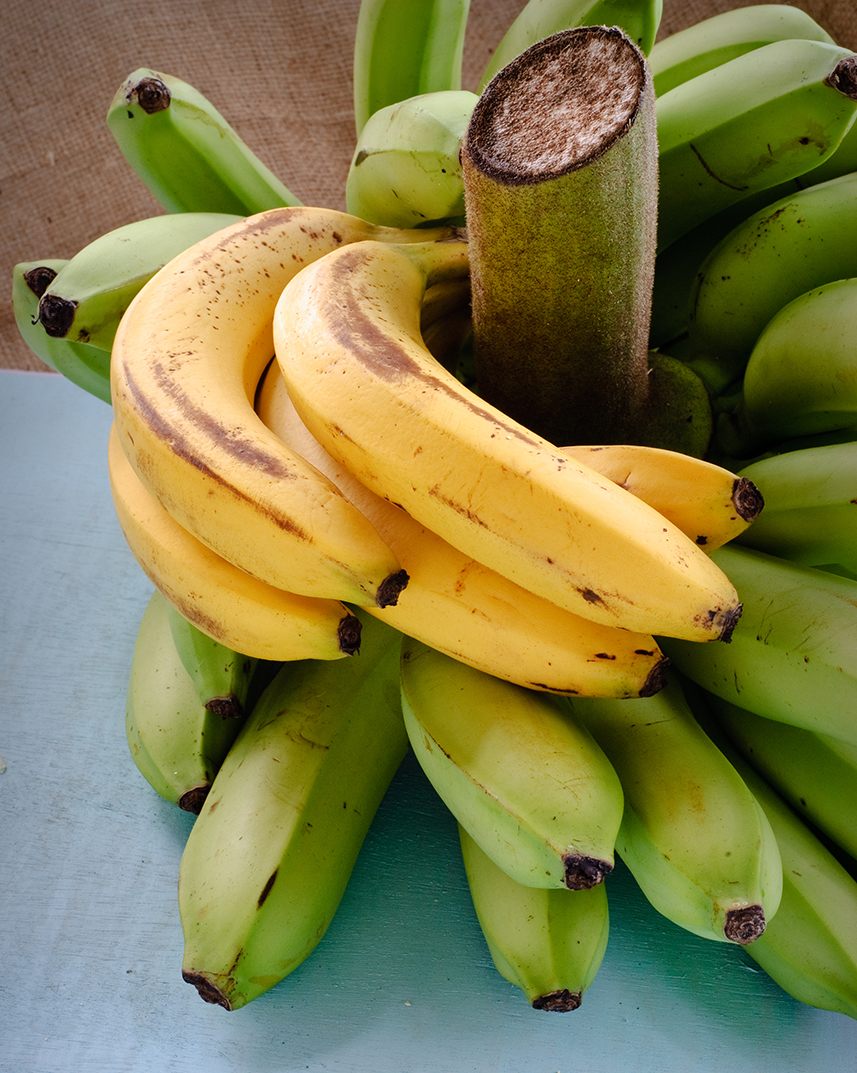
The day I speak to Koeppel, a FedEx box arrives on my desk from Miami. Inside are 26 bananas, each around four inches in length, of varying shades of chartreuse and canary yellow. Having given up on finding the Gros Michel in the wild, I’ve ordered it in from the Miami Fruit Company in South Florida, a tropical fruit grower with so many different bananas they’ll ship you an entire sampler of different varieties. I spend the next week waiting for them to ripen so I can hand them out to Atlas Obscura staff members and their banana-loving family members. “It’s not a taste revelation,” Koeppel has warned me on the phone. Visually, there’s no obvious difference—the inside of the skin is a little silkier, the stem, to my mind, slightly more delicate. Across a room, I’d definitely mistake them for a Cavendish.
Biting into the banana of yesteryear, I expect a more intensely tropical flavor and the vivid sweetness of artificial isoamyl acetate banana flavor. Instead, the fruit is tangy and complex. Everyone who eats one over the following week agrees: This is a superior banana, with a creamier texture and a more delicious flavor. I could eat three in one go, easily. But these bananas have not come cheap. Each costs about $2 a pop, which would get me at least a half-dozen at my local bodega.
One thing is for certain: The model of banana growing is likely to change. Small plantations like this one, where lots of different varieties are grown side by side, is one possibility, though one that would put an end to “Big Banana.” Moving from monoculture to multiculture is a more environmentally sound outcome, but one that may push bananas into a higher cost bracket. Whether consumers believe that to be a reasonable price is hard to say. If that is the eventual outcome of the Cavendish being scuppered, however, the specially grown Gros Michels on my desk may not be a vestige of the past, but the bananas of the future.
* Correction: This story was updated to clarify that though the hothouse was owned by the Duke of Devonshire, it was actually located in Derbyshire.
Gastro Obscura covers the world’s most wondrous food and drink.
Sign up for our regular newsletter.



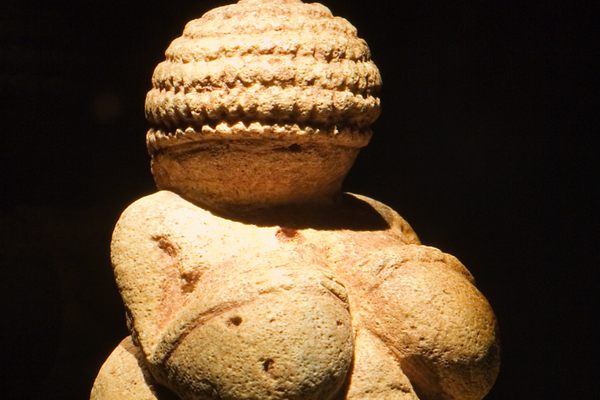





























Follow us on Twitter to get the latest on the world's hidden wonders.
Like us on Facebook to get the latest on the world's hidden wonders.
Follow us on Twitter Like us on Facebook